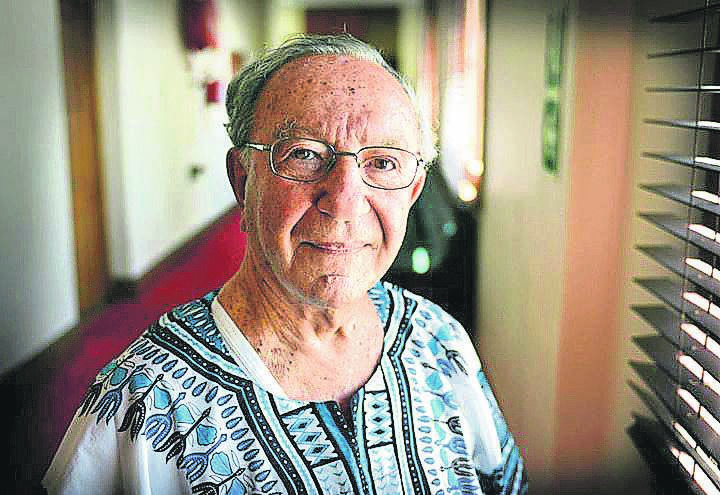Port Nolloth, Namaqualand Northern Cape
Saldanha Bay
Tsaarsbank Beach, West Coast
West Coast National Park, Saldanha Bay
The West Coast National Park is situated just inland of Saldanha Bay and its secluded Harbour. The exquisite Langebaan Lagoon is, undoubtedly, the jewel of this treasure trove, thanks to its breath-taking beauty and the variety of watersports that it offers.
The lagoon is only a few kilometers from the powerful ebb and flow of the Atlantic Ocean, which crashes against rocks that glitter with enormous mussel shells, or laps lazily onto the sandy shores. To describe the allure of the West Coast National Park is to celebrate how incredibly multifaceted it is. The cyan-coloured water of the vast lagoon meets the postcard-perfect white of the sand, rugged scrub erupts into a mosaic of colourful wild flowers every spring, and the wildlife that calls this home ranges from antelope and predators on land to the magnificent fish, mammals and sharks of the Atlantic Ocean. This is a place of contrast and magic – a place where colour, scale and variety all challenge your imagination. Head to Postberg where you can do the Postberg Flower Trail – a wonderful walk through a section of the park open only for a couple of months every year (August and September) during the flower season. Situated in the north-west section of the Park, Postberg also has a large concentration of game including, Eland, Cape Mountain Zebra, Bontebok and Springbuck. It is also a great birding area with many raptors showing well, including African Black Harrier. The viewpoint from the top of Posberg provides a 360 degree vista of the Park and surrounding areas, including Saldanha Bay and Langebaan Lagoon. The large granite boulders provide shelter for many different plants and smaller mammals species, such as Rock Hyrax (Dassie). Plankiesbaai and Uitkyk areas inside Posberg offer dedicated picnic areas and ablutions. You may also be able to spot Southern Right Whales and the endemic Heaviside's Dolphin along the coastal sections of the Park.
https://www.sanparks.org/parks/west_coast/tourism/tariffs.php
https://www.sa-venues.com/game-reserves/wc_westcoast.htmhttps://www.facebook.com/1442500726010685/posts/3096628480597893/?flite=scwspnss
https://www.energy.gov.za/files/esources/renewables/r_wind.html
https://www.capetownetc.com/cape-town/15-of-the-best-places-to-see-wildflowers-in-the-western-cape/
Marcus Island Marine Protected Area
Ntombikayise Priscilla Ngocobo (née Khubeka)
Ntombikayise Priscilla Ngocobo (née Khubeka) lived in KwaMashu, a township to the north of Durban, Natal (now KwaZulu-Natal) and was affiliated with the African National Congress (ANC) armed wing uMkhonto weSizwe (MK).
